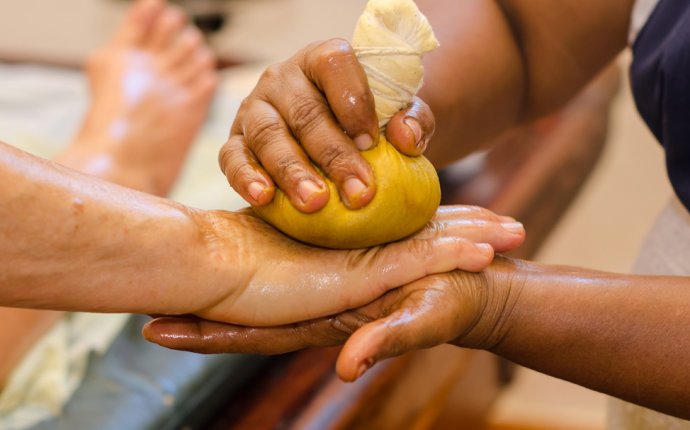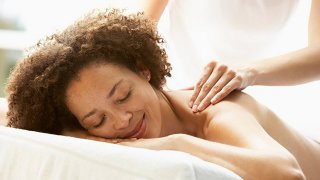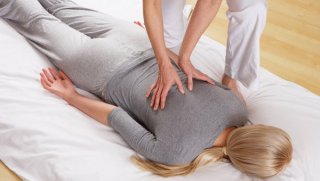
Ayurvedic Massage Types
 Ayurveda is a system of traditional Indian medicine, which is used as a complementary holistic therapy, designed to work alongside, rather than replace, mainstream medicinal practices.
Ayurveda is a system of traditional Indian medicine, which is used as a complementary holistic therapy, designed to work alongside, rather than replace, mainstream medicinal practices.
Ayurveda is strongly influenced by Hinduism and Buddhism and focuses on balance and moderation in the pursuit of longevity in life. Ayurvedic treatments concentrate on the realigning of chakras and qi within the body to promote equilibrium and restore symmetry.
With unusual titles and exotic ingredients, an Ayurvedic treatment can seem a little mysterious to the uninitiated. Here at The Good Spa Guide we like our readers to have all the facts, so we have teamed up with the Ayurvedic specialists at Antara Spa at the Chelsea Health Club in London to give you the low-down on these phenomenally relaxing and centring treatments.
What happens during an Abhyangam treatment?
"During Abhyanga, medicated oil specific to the client's constitution (Prakriti) or medical condition is chosen and heated to a comfortably warm temperature and used for massage. The massage strokes are long and flowing to keep the body warm for maximum absorption of the medicinal oil. More pressure is used in the downward direction to calm Vata Dosha by encouraging its normal downward flow. Abhyanga also balances the Prana (vital life force) in the body."
 What makes Abhyangam different to a normal spa treatment?
What makes Abhyangam different to a normal spa treatment?
"Abhyanga is an important element in Ayurveda which is used to bring the Doshas back to equilibrium by the pharmalogical action of the herbs used in the preparation of the oils."
Who would you recommend an Abhyangam treatment to be most suitable for?
"The aim of Ayurveda is not only to cure disease, but also to maintain good health. Regular Abhyanga is therefore encouraged in both the healthy and those with health concerns. It is an excellent treatment for anyone suffering from muscle ache and stiffness, backache, stress and mental fatigue and is especially good in imbalance of the Vata Dosha."
What is the Ayurvedic theory behind a Abhyangam treatment?
"Abhyanga is seen as an easy way of administering medicinal herbs by absorption through the skin. Oils of different potencies are used to balance the Doshas. The qualities inherent in oil - being warm, heavy and oily in nature - are directly opposite to the qualities of Vata Dosha and it therefore has an especially balancing effect on this particular Dosha. However, according to the type of oil used, Abhyanga is also used to balance the other Doshas. Vata is the Dosha that becomes aggravated under mental and physical stress and strain, and by balancing this, Abhyanga gives a feeling of groundedness and a deep sense of relaxation to the client."
What happens during an Udvartana treatment?
"In Udvartana the body is massaged with powdered herbs or a herbal paste in the direction opposite to that of hairgrowth. The massage is carried out vigorously to increase circulation and remove toxins trapped in the body tissues."














